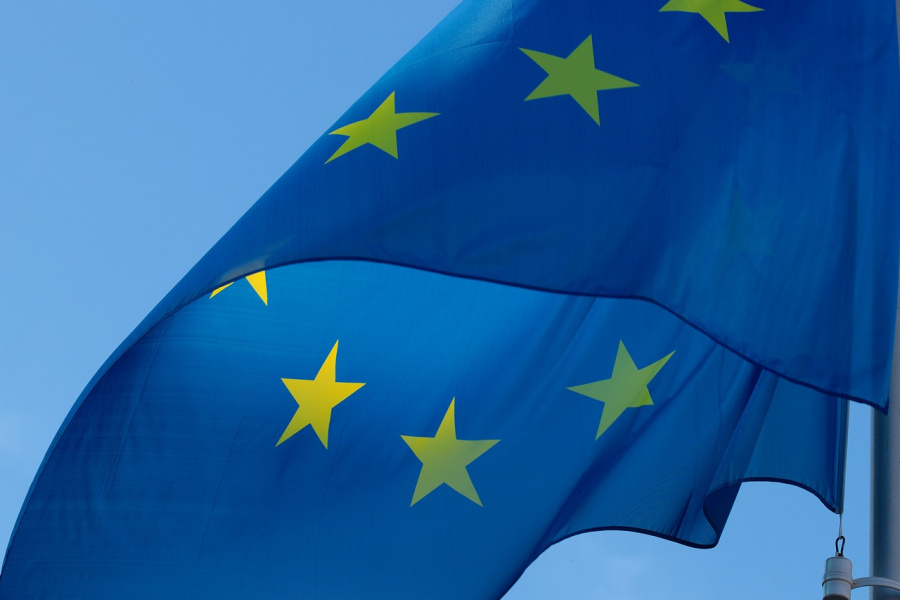


Everything you need to know about the new European Travel Rules
Although not new news to most travellers, November 2024 sees changes many European countries will require tourists to have their face and fingerprints scanned at border control when entering or leaving the Schengen area. The new system implementation aims to make entering destinations smoother and more efficient. Get ready for a new, modern travel experience! Here is everything you need to know
Travel in Europe is changing, with the implementation of new border security technology aimed at digitally recording the information of people entering and leaving the Schengen area. The Schengen area is made up of the following countries : Austria, Belgium, Bulgaria, Croatia, Czechia, Denmark, Estonia, Finland, France, Germany, Greece, Hungary, Iceland, Italy, Latvia, Liechtenstein, Lithuania, Luxembourg, Malta, Netherlands, Norway, Poland, Portugal, Romania, Slovakia, Slovenia, Spain (including the Balearic and Canary Islands), Sweden, and Switzerland.
On November 10, 2024, these countries will implement an automated IT Entry and Exit System (EES) to register non-EU nationals each time they cross the border. Compliance with these new regulations is mandatory, and failure to do so may result in denial of entry.
The following year, in May, a new online travel authorisation system known as ETIAS will be introduced for travellers entering Europe. This pre-travel check will grant permission for entry into Europe for a duration of three years. While travellers will still need to go through border control upon arrival, the ETIAS application will require a one-time fee of €7. ETIAS is short for the 'European Travel Information and Authorisation System'. This fully electronic system facilitates and monitors visitors from countries that do not require a visa to enter the Schengen Zone. Its similar to the ESTA system that operates in the United States of America.
ETIAS will conduct a thorough security check for each applicant to assess their eligibility for entry into any Schengen Zone country. While citizens from countries that do not require a visa for travel purposes of up to 90 days in the EU will not face a lengthy visa application process, the ETIAS will ensure that these individuals do not pose a security risk.
From November 2024, when you arrive in a Schengen Country, EES will collect standard information from your passport, including your full name, date of birth, and dates of entry and exit from each location. Additionally, biometric data, including facial and fingerprint scans, will also be collected and stored digitally for future reference. This new system has been designed with the aim to reduce identity fraud, prevent serious crimes such as terrorism, and identify individuals who have overstayed their visas or been denied entry.
Do you have to provide this information? Quite simply, yes. If you refuse to provide your passport or biometric data on arrival in a Schengen country you will be refused entry and returned home.
The 90 day rule
The 90-day is often a topic of conversation on social media forums and often a topic of confusion. If you are planning a single trip to the EU lasting a few weeks, there is generally no reason that the 90 day rule would be an issue. However, if you are planning an extensive journey travelling across Europe it is essential to ensure that you do not exceed the permitted duration of stay. If you remain in the Schengen Area for 90 consecutive days, you are then required to wait an additional 90 days before re-entering Europe. After a total of 180 days, your allowable days in Europe will gradually reset, with one day returning for each day that passes in the rollover period.
EES and ETIAS FAQs
Understandably, with the implementation of any new system there are questions that need answering. Here is the TravelON world FAQs regarding the new EES and ETIAS systems.
Why is there a need for EES and ETIAS?
The primary objective of approving the ETIAS authorisation is to enhance security. In light of the increasing risks associated with global travel, the European Union aims to ensure safe travel within its member states. The ETIAS system is designed to significantly mitigate security concerns through its comprehensive information and data-gathering mechanisms. Specifically, ETIAS will identify individuals who may pose a threat to the security of Schengen countries, thereby facilitating the denial of entry to such individuals and preventing potential security risks within EU borders. This proactive approach addresses security issues before they arise.
Will you need a VISA to visit Europe?
VISA requirements depend on your nationality (defined by your passport). Citizens from specific countries, including the EU, U.K., USA, Canada, New Zealand, and Australia, do not require a visa for short stays. However, individuals from many other countries will need to apply for a Schengen Visa. Failure to do so would result in refusal to enter on arrival.
If I'm travelling for business purposes do I still need to complete an ETIAS application?
Absolutely. The ETIAS will be used for all non EU citizens travelling into the Schengen area, no matter the reason including, but not limited to Tourism and business.
I'm from the U.K. Do I need to pay the €7 fee for an ETIAS application?
Yes. Since the result of the Brexit referendum in 2016, whilst the UK is still part of the European continent it is classed as a third country and U.K. passport holders lost the right to travel freely within the EU area. Therefore U.K. passport holders need to pay the initial €7 ETIAS application fee to be able to enter an EU country on arrival. However, it is just a one time fee and the idea is that the new system should speed up the entry and departure process into the EU meaning smaller queues at airports and ports.
I'm travelling to the Canary Islands. Will I be affected by EES and ETIAS?
Absolutely, although geographically the Canary Islands are situated just off the coast of Africa they are governed by Spain and an entry point to the EU and Schengen area. All non EU Citizens passing through Canary Island airports will be subject to EES and ETIAS.
If you're visiting the Canary islands and looking for things to do in Lanzarote or things to do in Tenerife then check out our great selection of trips, activities and things to see and do.